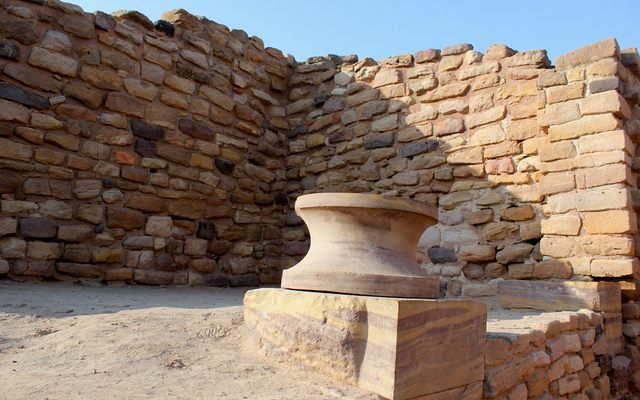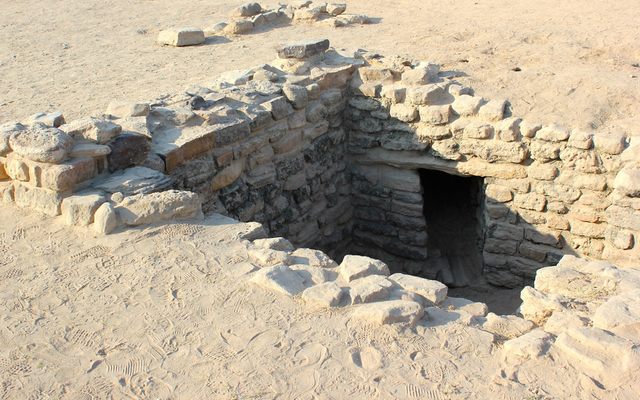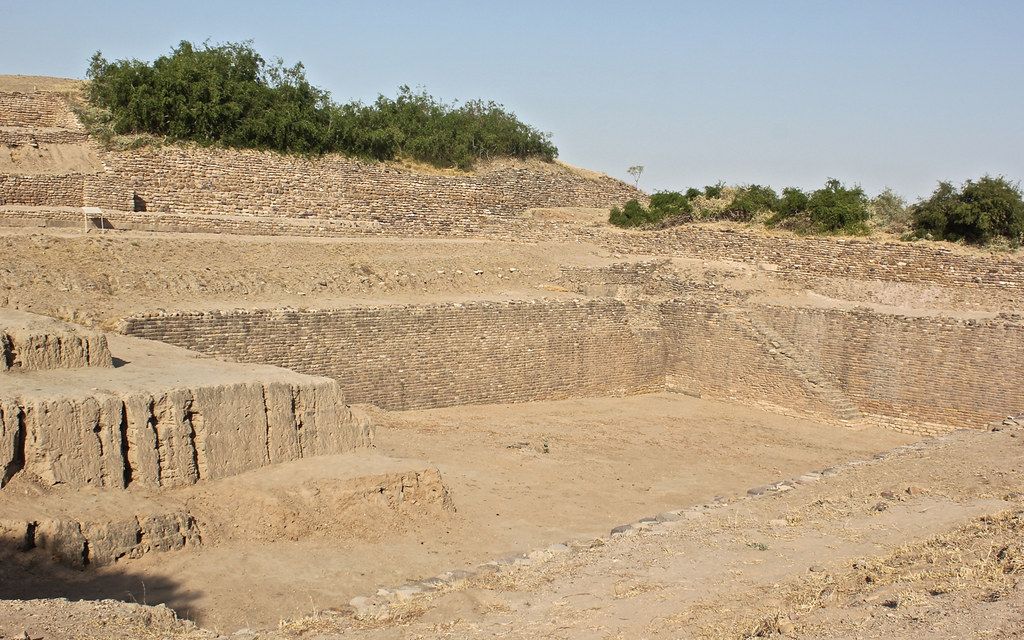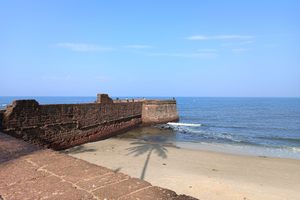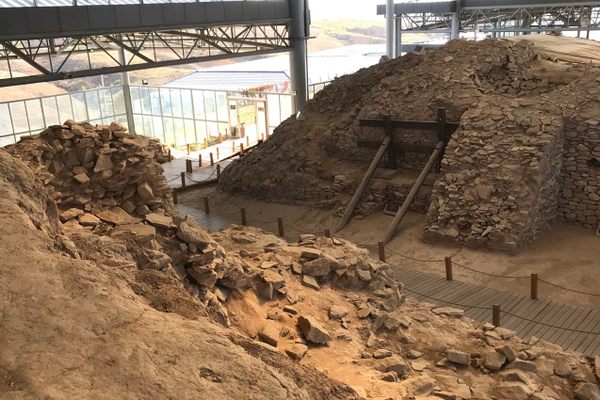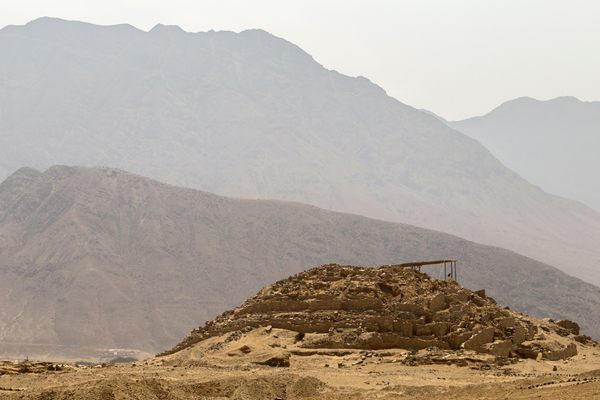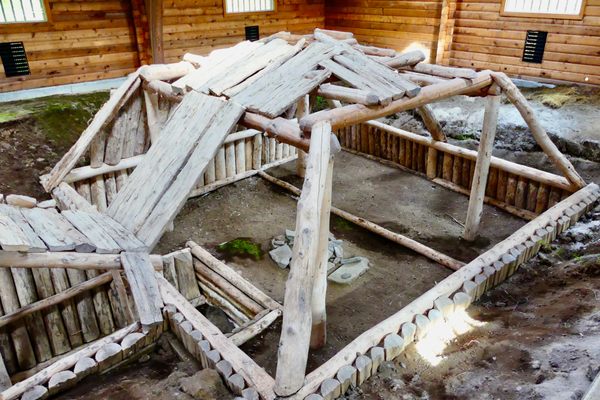About
As a major outpost of the Harrapan civilization, Dholavira flourished for 1,200 years, from approximately 3000 to 1800 B.C. It was on the banks of two seasonal rivers that provided navigational channels to the sea for its residents. The ingenuity of the Harrapan people is evident in the city’s elaborate water storage and distribution systems, as well as a system of dams and water channels that moved the water from the rivers into reservoirs. They were able to harness rainwater and store it in underground reservoirs for use by their residents. The ability to conserve and manage water set Dholavira apart from other Harrapan cities.
The layout of the city exhibits a well-organized system of streets and urban infrastructure. There are distinct areas for industries, administration and living. Its citadel is within the fortified area. The structures were built with load-bearing stone walls that may have had wooden roofs. The interior areas were supported by stone columns with wooden poles in the middle for reinforcement. This method of column construction suggests that they understood the engineering principles behind transfer of loads from roof to the ground.
There are several theories that attempt to explain what caused the decline of this thriving city. It appears that a gradual decrease in sea level resulted in dry and arid climate, which was not conducive to human habitation. In addition, a gradual shift in the path of river away from its shores drained their reservoirs of water. Once people migrated to more habitable areas of the Indus Valley, the city lay buried for several millennia before it was rediscovered in 1956. The excavations did not start until 1990, as India was struggling to regain its footing after its independence from the British rule.
Today, Dholavira is one of the largest Harrapan sites. There is an archaeological museum near the excavation site where visitors can learn about the city structure and the Indus Valley Civilization.
Related Tags
Delhi and Rajasthan: Colors of India
Discover Colorful Rajasthan: From Delhi to Jaipur and Beyond.
Book NowPublished
May 10, 2021





